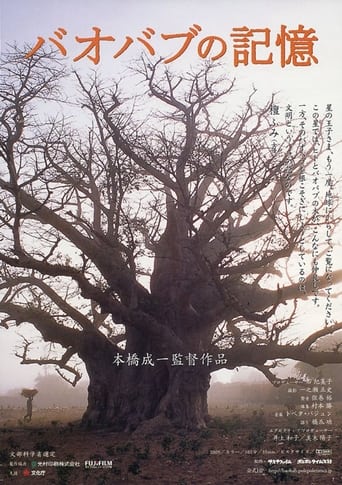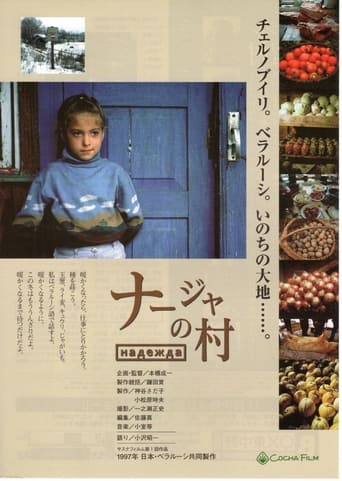Holy Island 2010
There is a small island where agriculture arrived 1,000 years ago when the inhabitants rescued people from a wrecked ship. The island became prosperous and the culture of the island has been handed down from generation to generation. Iwai Island, Kaminoseki City, Yamaguchi Prefecture. The 500 inhabitants of this island in the Seto Inland Sea help each other to survive the harsh natural environment. Water is limited on this rocky island, which often experiences typhoons. The people, however, have flourished by using the sea's resources and cultivating the rocky mountains. You can see clearly in this island that human activities are part of nature’s cycles. In 1982, a nuclear power plant construction project in Tanoura, on the opposite shore about 3.5km from Iwai Island, was proposed. The people here have been opposing to the project.






